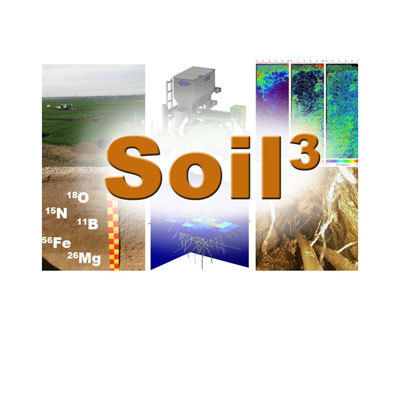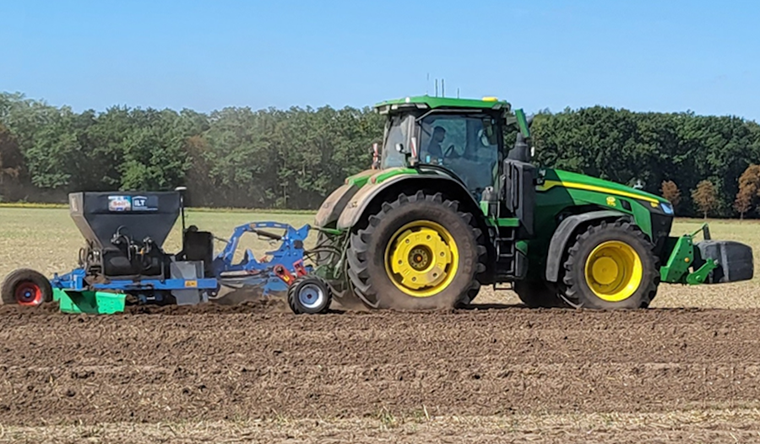Duration:
From Oct 1, 2015 until Dec 31, 2025
Target Groups:
soil research community,
wider research community,
biomass producers (farmers),
biomass processing sector,
policy makers,
administration and planners,
ngos,
civil society
About the Project:
Drought in summer poses major challenges for agriculture. In the subsoil there are often unused water and nutrient resources. The SOIL³ project offers possible solutions: Subsoils can be developed through multi-annual crops with deep roots or deep tillage with the application of compost.
People and Partners
Project Leaders
Partner Organizations
-
Humbold University Berlin
-
Leibniz Centre for Agricultural Landscape Research (ZALF)
Contacts
News
- New Soil³ publication: The impact of subsoil management on the delivery of ecosystem services: An economic valuation for Germany
- In dialogue with practitioners at the DLG Field Days
- New Soil³ publication: Expansion and evaluation of two coupled root–shoot models in simulating CO2 and H2O fluxes and growth of maize
- BonaRes/Rhizo4Bio Status Seminar on 14/15 March 2022
- New publication Soil³: Soil phosphorus cycling is modified by carbon and nitrogen fertilization in a long‐term field experiment
Publications
- Root-derived carbon stocks in formerly deep-ploughed soils – A biomarker-based approach
- Short-term effects of subsoil management by strip-wise loosening and incorporation of organic material
- Fifty years after deep‐ploughing: effects on yield, roots, nutrient stocks and soil structure
- 3D U-Net Segmentation Improves Root System Reconstruction from 3D MRI Images in Automated and Manual Virtual Reality Work Flows
- Assessing Subsoil Conditions with an ASABE Conform Vertical Penetrometer—Development and Evaluation

